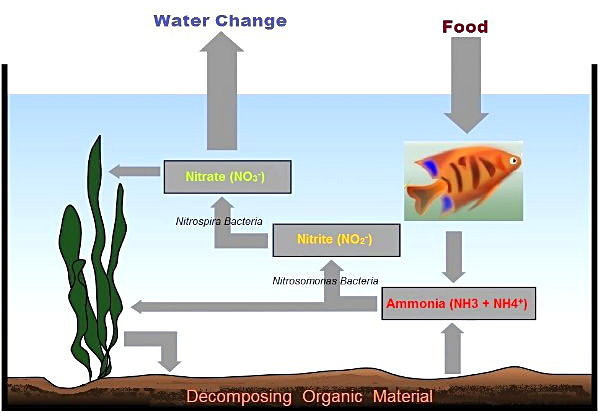despreauxb
Fish Fanatic
I've read mixed things on if you're supposed to do water changes or not during cycling. My ammonia level is about 8ppm nitrite I would say is between 0 and .25ppm and no Nitrate is id about 20 ppm. I have 2 live plants in there if that helps. And im supposed to be doing anything to my tank or just let it run? Aslo after it cycles how big of a water change do I need before adding fish?






